 09) Sansevieria AKA Snake plant or Mother-in-law tongue. Water sparingly no more than once or twice per week, or your sansevieria plant will rot. Allow it to dry out completely between waterings. Water only once or twice during the winter months.
09) Sansevieria AKA Snake plant or Mother-in-law tongue. Water sparingly no more than once or twice per week, or your sansevieria plant will rot. Allow it to dry out completely between waterings. Water only once or twice during the winter months.
 08) Devil's Ivy
08) Devil's Ivy
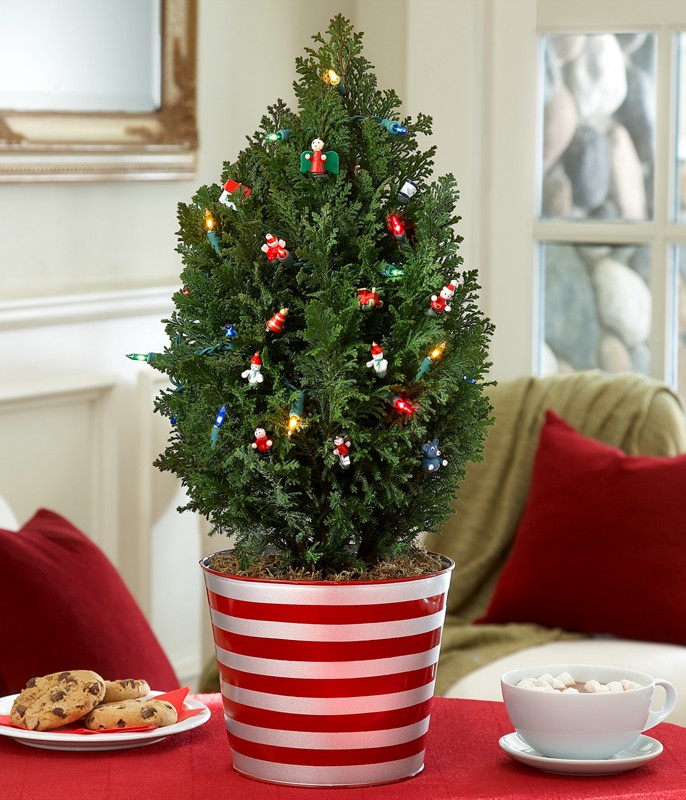 07) European Cypress
07) European Cypress
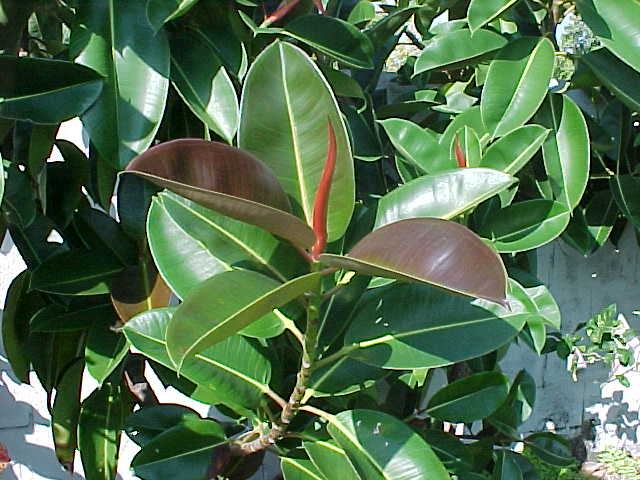 06) Rubber Plant
06) Rubber Plant
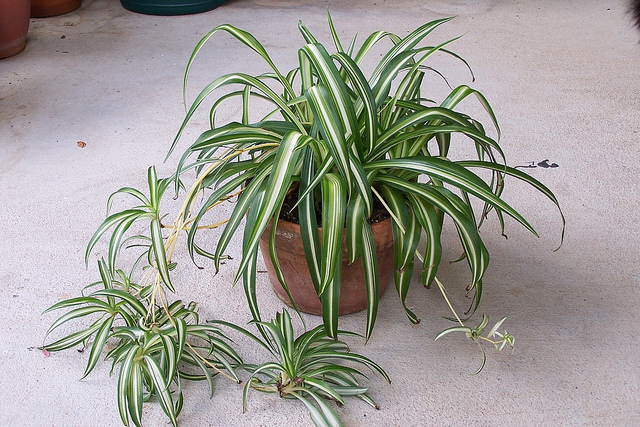 05) Spider Plant
05) Spider Plant
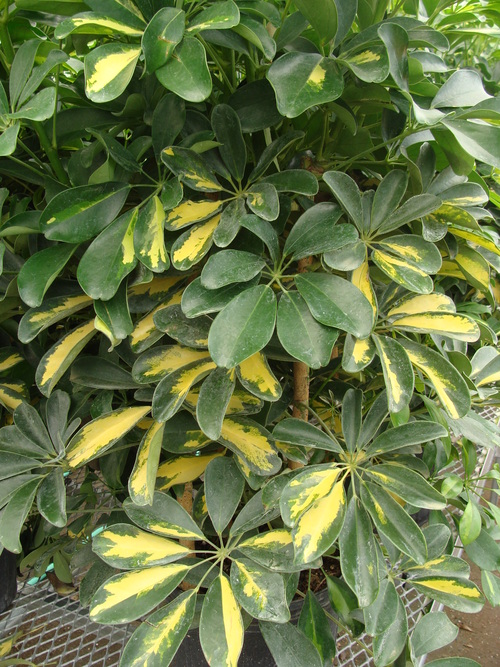 04) Umbrella Plant
04) Umbrella Plant
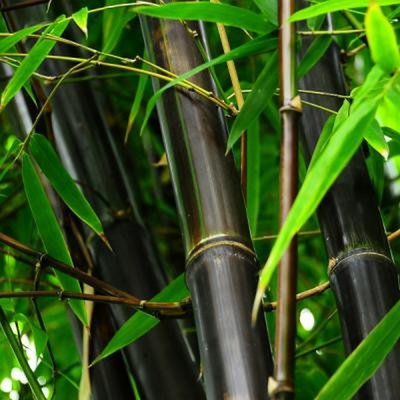
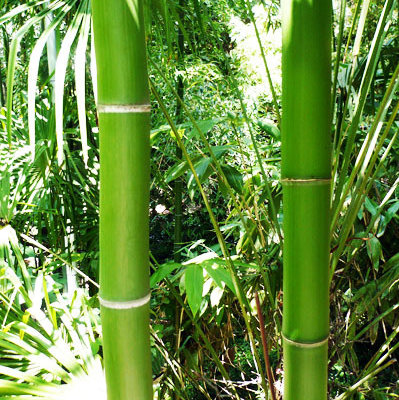
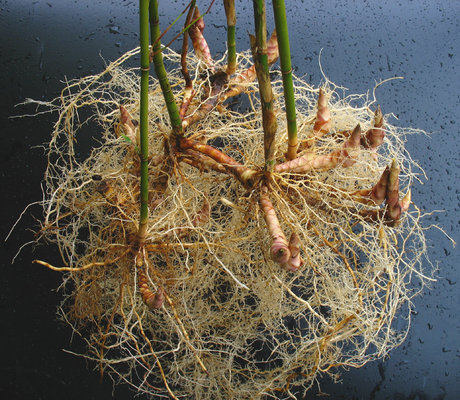
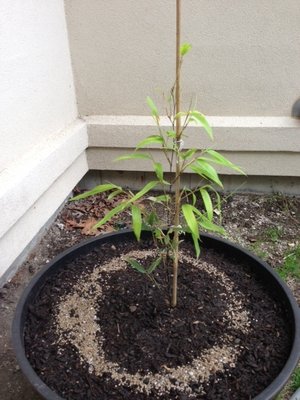
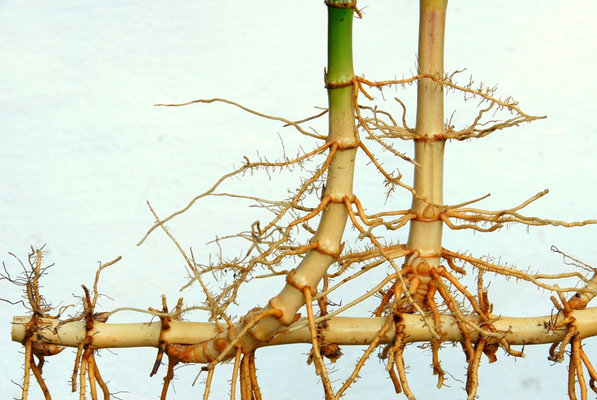 Black Bamboo (Phyllostachys nigra)
Running Bamboo, USDA Zones 4-11, (Houston Bamboo Nursery:(5/2/13-5/10/13) $$34.90)
Black Bamboo (Phyllostachys nigra)
Running Bamboo, USDA Zones 4-11, (Houston Bamboo Nursery:(5/2/13-5/10/13) $$34.90)
Chinese Timber (Phyllostachys vivax) Running Bamboo, USDA Zones 4-11,
http://www.houstonbamboonursery.com/bamboo/bamboo%20runner%20list/phyllostachys_vivax.htm
http://www.bamboovalley.com/html/3%20Phyllostachys%20nigra.htm

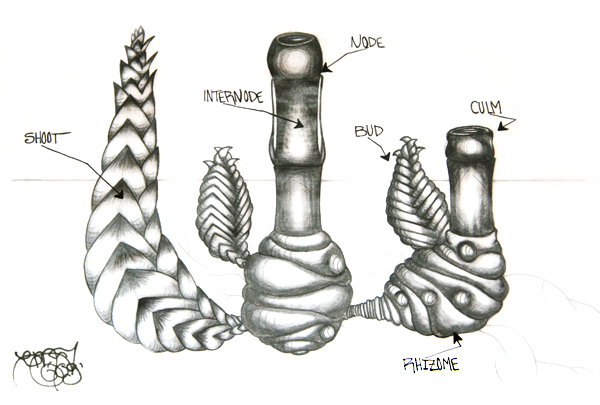
 02) Rainier Sweet Semi-Dwarf Cherry (1x: 4/3/12 $26.98) Cross-pollination. bloom in early April. harvest: late June to early July. sweet, delicious flesh. (first year: lousy with many aphids), hand-pollinated (too cold weather for bees)
02) Rainier Sweet Semi-Dwarf Cherry (1x: 4/3/12 $26.98) Cross-pollination. bloom in early April. harvest: late June to early July. sweet, delicious flesh. (first year: lousy with many aphids), hand-pollinated (too cold weather for bees)
 01) Chinese Chestnut (2x: 3/22/12, $52.95/ea) Pollen: early May to mid-June. good cold hardiness(-20°F) and adequate tolerance to chestnut blight. Soil: well-drained, loamy to sandy loam soils. Pollination: requires cross-pollination, wind-pollinated. (first year: looks very emaciated and second year too...T.T)
01) Chinese Chestnut (2x: 3/22/12, $52.95/ea) Pollen: early May to mid-June. good cold hardiness(-20°F) and adequate tolerance to chestnut blight. Soil: well-drained, loamy to sandy loam soils. Pollination: requires cross-pollination, wind-pollinated. (first year: looks very emaciated and second year too...T.T)
 01) Chinese Chestnut
01) Chinese Chestnut02) Rainier Cherry
03) Black Tartarian Cherry
04) Burbank Plum
05) Nectarine
06) Honey Crisp Apple
07) Meyer Lemon
08) Fuyu Persimmon
09) GA-866 Jujube
How and When to Fertilize Fruit Trees
It's easy to come up with a fertilize recipe for gardens, lawns and flowers, but developing the recipe to fertilize fruit trees is an art form that usually takes years of practice. When fertilizing fruit trees, you have to discover just the right balance of fertilize mix that will promote moderate fruit tree growth, adequate flower bud formation and quality fruit. If one ingredient is off in the fertilize recipe, fruit trees will respond positive in one way and negative in another way, like producing too much tree growth with small fruit. Have your soil tested at your county extension office before you plant fruit trees. As a general rule, the soil around fruit trees will need to have lime added and a soil Ph of between 6-7. Your county extension agent will be able to tell you how much lime you need to add to your soil. When you plant fruit trees, never add fertilize to the planting hole. If the young fruit tree roots come into contact with the fertilize it may kill the tree. The first year the fruit tree is planted, fertilize it with a balanced fertilize 4 different times. In April, May, June and July, apply 1 cup of 10-10-10 to your fruit tree. Scatter the cup of fertilize around the fruit trees in a 2 foot circle, being careful not to get the fertilize on the trunk of the fruit tree. The second year of the fruit tree's life, double the amount of fertilize and double the circle under the fruit tree where you apply the fertilize. Apply 2 cups of 10-10-10 fertilize in a 4 foot circle, but only fertilize the fruit trees 3 times the second year, once in early March, then early May and the last time in early July. The third year of a fruit trees life is when it will begin the transition from a non-fruit producing sapling into a mature fruit bearing tree. Only apply fertilize twice in the third year, but use 1 pound of 10-10-10 at each application in an 8 foot circle around the tree. Apply fertilize to your fruit trees the last week of February and again the last week of May. The first three years of fertilizing fruit trees sounds easy, but you were only concentrating on the fruit trees growth and health, now the tricky, trial and error part comes, developing the right recipe for fertilizing fruit trees that will keep the fruit tree strong and healthy, producing quality fruit and setting buds. In the fourth year of the fruit tree's life, start by applying 4 pounds of 10-10-10 to each fruit tree the last week of February. Keep annual records of the amount of fertilize you applied, when you applied it and how the fruit tree responded. If you get the desired results from your fruit trees (moderate tree growth, quality fruit) then do the same thing next year. If the fruit tree produced to much growth, decrease the amount of fertilize by 1 pound, if the fruit tree produced too little growth, increase the fertilize by 1 pound. Pruning your fruit trees invigorates the tree and it will produce more tree growth, so reduce the fertilize by 1 pound the following February after your prune.1 Select a fruit tree specific fertilizer, or use a fertilizer that promotes bloom, such as "0-10-10" or "15-30-15." The numbers represent the amount of nitrogen, phosphorus and potassium contained by the fertilizer. 2 Apply the dry fertilizer around the drip line of the tree. The term "drip line" refers to the imaginary line on the soil that corresponds to the outward edge of the leaves. 3 Dibble (mix) the fertilizer into the soil using a trowel or hoe. 4 Apply a layer of mulch and compost to prevent the soil from drying out and to keep weeds from growing near the base of the tree. Keep the mulch at least 6 to 8 inches away from the trunk to prevent fungal diseases and allow for maximum air circulation. 5 Water around the drip line to move the fertilizer deep into the soil, where the roots can pick it up.
- Fertilizer 10-10-10: 40lb (homedepot:$17.58)
- Soil Doctor 40 lb. Pelletized Lawn Lime: homedepot ($4.48)